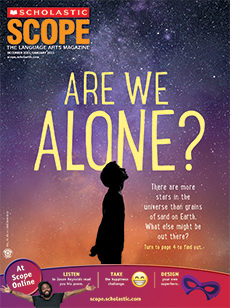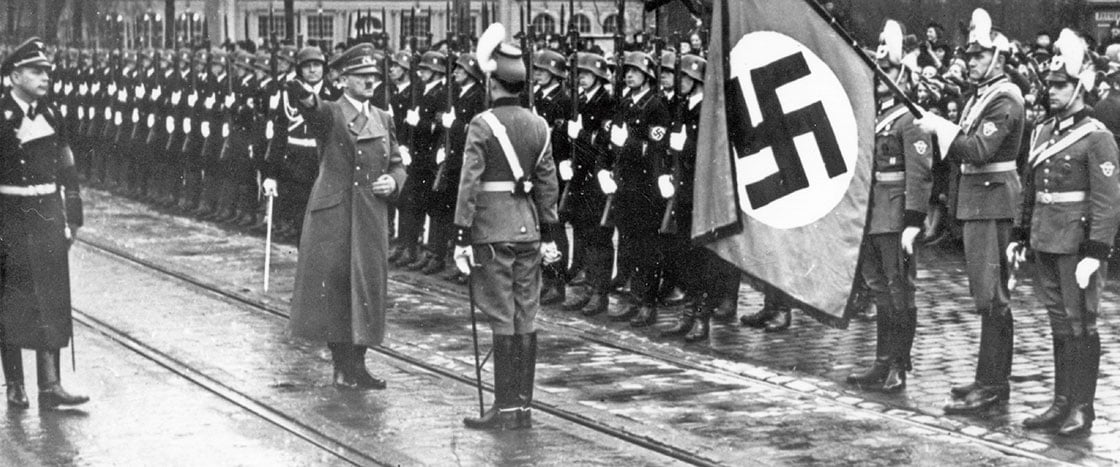Jewish Partisan Educational Foundation
Ben Kamm
You probably know a kid like Ben Kamm—the boy with big ideas and a quick smile, the one who will lead you off on an adventure and make sure you get home safely.
Ben grew up in a different place and time than you—in Warsaw, Poland, in the 1920s and ’30s—but he was enough like you and your friends that you should be able to picture him: short but strong, his clothes rumpled from wrestling with his little brothers, his eyes bright blue.
Try to imagine him running through the crowded city streets with his friends, zigzagging around finely-dressed ladies and fruit sellers and men with long, gray beards. You can hear him laughing with his friends and shouting goodbyes as they all head home for dinner.
But wait, do you hear that too?
As Ben walks by a neighbor, the man hisses something.
Brudny Zyd.
Dirty Jew.
Ben’s skin prickles, but he doesn’t glance at the man. The truth is that he is used to these words. Anti-Semitism—prejudice against Jewish people—is a fact of life in Warsaw, as it is in many European cities. Like most of Warsaw’s 350,000 Jews, Ben doesn’t dwell on the petty hatreds of ignorant people. The man’s words are like the cold wind that blows off the nearby Vistula River. Ben shivers for a few moments, but he holds his head up and keeps walking. He quickly forgets about this man.
Keep picturing Ben in your mind as he walks up to his spacious apartment, where his four little brothers happily pounce on him, where his father looks up from his evening paper and smiles, where his mother serves a delicious dinner in their cozy dining room.
This is where Ben’s story takes a sharp turn into one of the darkest and most evil chapters in history: the Holocaust.
As Ben’s family is enjoying their dinner, Germany’s leader, Adolf Hitler, is plotting the annihilation of Europe’s 9.5 million Jews. Germany had been struggling since 1918, when it was defeated in World War I. The German people felt humiliated, tired, and bitter. Hitler and his Nazi Party rose to power by tapping into these feelings. Hitler declared that Germans were superior to everyone else. He also offered up a scapegoat for all of Germany’s problems: Jewish people.
In his speeches and writings, Hitler attacked Europe’s Jews. He compared them to vermin, calling them “subhuman” and “an inferior race.” These words fanned the flames of centuries-old bigotry against Jewish people, whose religion and rituals had often kept them separate from the rest of the population.
“Eliminate the Jews,” Hitler proclaimed, “and you will eliminate all of Germany’s problems!”
As Hitler’s influence spread across Europe, many people turned against their Jewish neighbors. Synagogues were destroyed. Jewish-owned businesses were vandalized or burned to the ground. By 1945, 6 million Jewish men, women, and children would be dead. Nazi troops and their collaborators shot them, starved them, worked them to death, and systematically murdered them in the gas chambers of death camps.
But in the days before World War II, when the Kamms were happy and comfortable, nobody could conceive of such horrors. “Who could imagine such things?” Ben would say decades later. “Who could imagine?”


